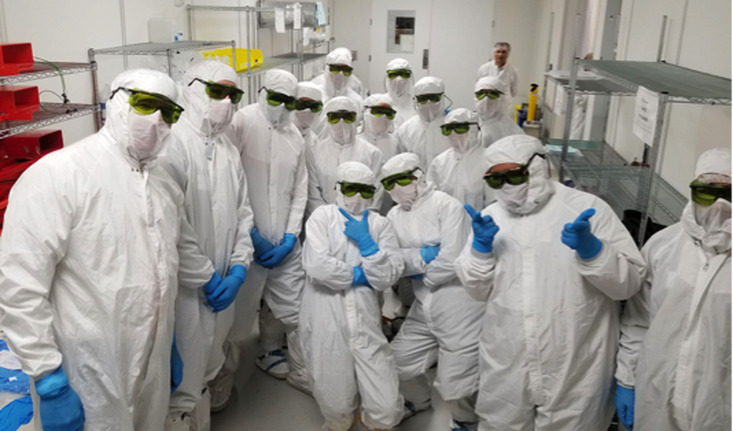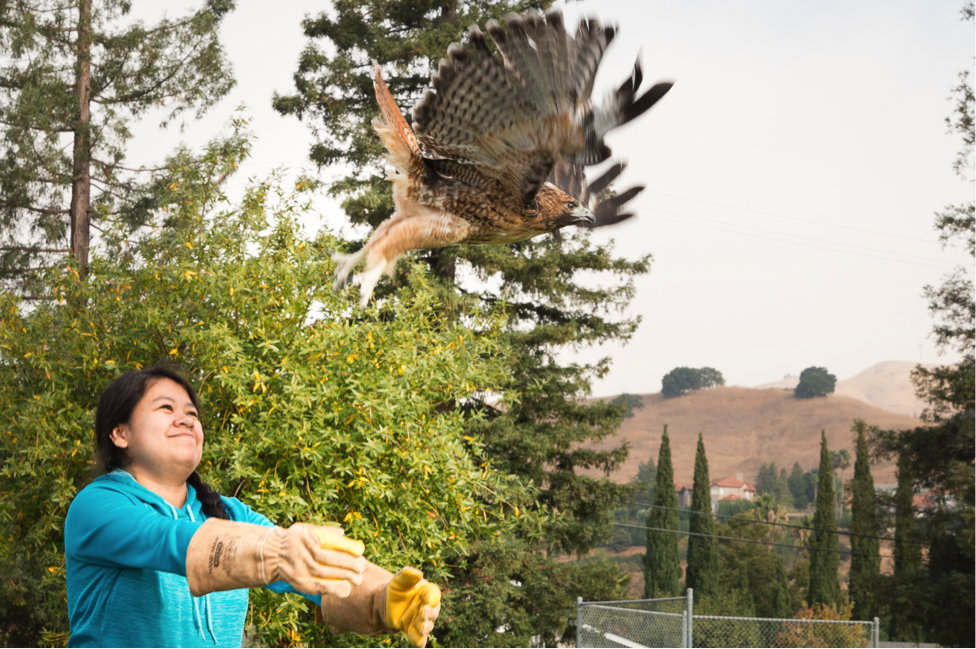|
The Milpitas Community Educational Endowment Cordially invites you to the Holiday Silent Auction.
Winning Bids will be notified by Dec. 18th. Go to www.mceeholidayauction.weebly.com and start bidding now! Adapted from OpenDoorsSouthBay.org SAN JOSE, Calif. – According to the U.S. Census Bureau, the percentage of adults in the Silicon Valley who do not hold a high school diploma is well into the double digits in some communities, prompting the South Bay Consortium for Adult Education (SBCAE) to launch Open Doors, a regional campaign that brings to the forefront the diverse adult education programs that put adults lacking language, literacy or technical skills on a solid path to work, school and/or career training.
In the area served by SBCAE, a partnership of five adult schools and four community colleges in Santa Clara County, the percentage of adults without a high school diploma is as high as 17.7 percent in San Jose, the consortium’s largest city, followed by 14.2 percent in Milpitas, 13.5 percent in Santa Clara and 12.9 percent in Morgan Hill, according to census data. Statewide, 18 percent of the population aged 25 and older does not have a high school diploma or equivalency, according to census data. “People often think of the Silicon Valley as a place of affluent tech workers, which is true, but it’s more diverse than that, with many low-income residents who cannot live on the wages they make and are looking for opportunities to livable wages and a better future,” said Kishan Vujjeni, co-chair of the SBCAE. “Our consortium members provide programs throughout the valley that can help this population attain the skills they need, no matter where they are in their educational journey, and transition into a career or postsecondary education.” SBCAE member organizations offer English-language classes, apprenticeship opportunities, career education courses, basic math and literacy classes and support services for adults with disabilities, with many of these programs being free. The consortium has nine transition specialists, representing each school and college, who help students identify their educational and career goals and develop a concrete path to achieving them. Adults age 18 and older are eligible to enroll in classes. Those interested can visit the campaign website to explore options and complete a short form so a transition specialist may contact them. The website includes a map that shows the location and contact information for each transition specialist. For more information, visit www.OpenDoorsSouthBay.org or call 408-918- 5100. By Doug Hughes Just one day after Milpitas Unified School District made national headlines when U.S. Secretary of Education Betsy DeVos came calling, a group of students from Calaveras and Milpitas High Schools participated in an event that Milpitas Economic Development Director Edesa Bitbadal dubbed “The First Annual” Milpitas Manufacturing Day. It was like three field trips in one, as 50 eager students boarded a bus to visit three Milpitas corporations that practice advanced manufacturing techniques right here in our own city. Pictured below, the first stop on the tour was KLA-Tencor, the leading provider of process control and yield management solutions, where students gowned up from head to toe before entering the company’s clean room. From there, students headed to Flex Manufacturing, where they learned about wearable technology, reliability testing, and additive manufacturing before grabbing lunch. The tour concluded at Cordis, a firm that is part of Cardinal Health Company. They are the worldwide leader in the development and manufacturing of interventional vascular technology, with a more than 50-year history of delivering pioneering products to treat millions of patients. During the Q&A period at Cordis, students asked probing questions about the company’s products used in vascular surgery, such as: • Do the stents rust? (No, because of the special metal that is used.) • What do your customers tell you they want to see as future products? (They’d like to see us invent stents that are not metal, that dissolve in the body.) • Does your robotic manufacturing line take away people’s jobs? (No, because we need people to program and run the robots—and there are many intricate moves that can be done much better by humans.)  As the “icing on top” of a wonderful day, an ice cream truck showed up to deliver sundaes and hand-dipped cones to all the participants, courtesy of the City of Milpitas Office of Economic Development and their Director Edesa Bitbadal. Judging by the smiling faces—and the fact that Bitbadal was already referring to the event as “The First Annual” Milpitas Manufacturing Day—it was an event that we can look forward to again next year! By Doug Hughes She has endured nearly ten months of intense rehab, but two weeks ago she was finally released. Known only as “Patient 16-5373,” she was lost and abandoned when Good Samaritans found her in a Milpitas landfill, where she lay immobile and severely burned—probably by a methane burner. “She” is a red-tailed hawk, and though her tail feathers were burned so badly she couldn’t fly, this “tale” has a happy ending. After being admitted to Wildlife Center of Silicon Valley on December 29, 2016, the hawk has been nurtured back to health, and on Tuesday, Oct. 17, in front of the students at William Burnett Elementary School, was released to fly once again. The school was chosen because WCSV tries to place rehabbed critters back into the wild within three miles of where they were rescued. How did this happen? Landfills attract predatory birds that prey on rodents and other smaller animals, and red-tailed hawks hunt by scanning the ground from an elevated perching site (which is why you so often see them perching on lamp posts along the freeway). Unfortunately, the tops of methane-burning smokestacks are generally the highest and most desirable perching sites at landfills. When they flare unexpectedly, a bird perching on top can be severely injured or killed. Burning methane is also clear and odorless, so birds can get injured flying above the burner. How do we know she’s a she? We didn’t know at first, but now that she is older and reached her adult weight of 1242 grams, we know that she is a female because she is too big to be a male! Male red-tailed hawks in our area typically weigh in at around 900-1100 grams, while a healthy adult female in our region can weigh up to 1400 grams. Why have we had her in care so long? We had to wait for her to molt naturally, which, depending on where a bird is in their molt cycle, can take up to a year. Since she came in with juvenile plumage and has now grown in her adult feathers (including her namesake red tail feathers), we estimate that she was born in 2016, which would make her about one-and-a-half years old now. Even though she has her adult plumage in, she will not be sexually mature for another 1-2 years. Open Enrollment for Covered California starts today. Quality, affordable healthcare is just a phone call or mouse click away.
https://www.healthcare.gov/ |
NOTICE OF PUBLIC HEARING:
The governing board of Milpitas Unified School District will hold a Public Hearing on Tuesday, June 28, 2022. Media ResourcesArchives
July 2024
Categories |
Milpitas Unified School District
|
|






 RSS Feed
RSS Feed
